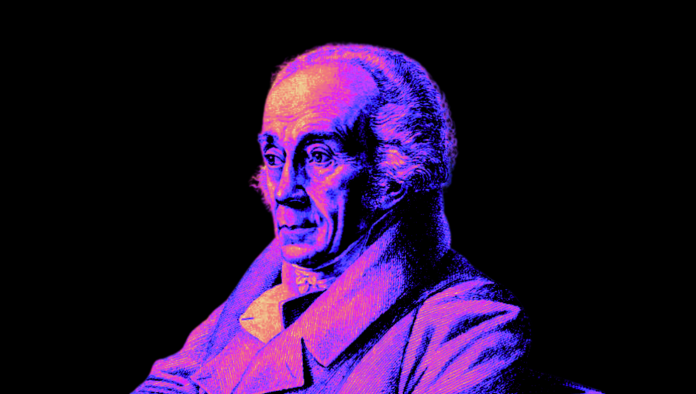The Term “Race” was Invented
Religious Justifications for Injustice
The propaganda that swayed many into condoning murder, lynching, discrimination, and the hatred of Blacks and others often took a sacrilegious form in which sections of the Bible were used in churches and elsewhere to justify the horrors of slavery. After slavery was supposedly abolished, harmful concepts remained. Various types of religious justifications for slavery and bigoted thinking existed well before this time and persisted as a result of so-called “scientific” theories.
The Emergence of Divisive Ideologies
These ideas were developed in the 1700s and maintained within scientific thought, to one degree or another, across generations. Blacks and others were ruled out of the human category, enabling brutal slave owners and individuals to justify their actions while attending church, resting at ease in their own brutality, and denying others the rights that all people should have.
The Invention of Hierarchies Based on Physical Features
The concept of categorizing people based on physical features was formalized in the 1700s during the so-called “Enlightenment.” Johann Blumenbach introduced the term “Caucasian,” collapsing many Europeans into a single group and placing others in lower societal categories. Physical appearance became a dominant factor in determining who would hold power and who would occupy the lowest rungs of society.
Skin Tone as a Marker of Discrimination
As darker skin became a target for hatred, perceptions of beauty and social status shifted. Lighter skin was idealized, reinforcing a hierarchy of privilege. This mentality influenced laws, law enforcement practices, and mass incarceration, leaving lasting legacies of inequality.
Cultural Erasure and Forced Assimilation
To maintain dominance, many Europeans were pressured to abandon their ethnic roots and assimilate into a single identity. This process was often disguised with patriotic rhetoric and was, at times, enforced through laws or customs, as seen with groups like the Irish. These efforts aimed to construct a regime that called itself democratic but excluded many groups from participation.
The Myth of a Nation of Immigrants
The narrative of the United States as a nation of immigrants ignores the forced arrival of Black Africans and the displacement of Native Americans. Unlike voluntary immigrants, these groups were subjected to the harshest forms of exploitation and oppression, shaping a history of injustice that extended across the globe.
Social Constructs and Their Impact
The categorization of people based on physical attributes is a social invention with significant consequences. Understanding these constructs requires examining the different mindsets that persist: those who perpetuate harm, those who deny its existence, those who actively work against it, and those who reject the very labels used to divide.
Denial of Problems as a Barrier to Progress
The denial of systemic injustice by some individuals exacerbates the issue. Pretending the problem will disappear if ignored only strengthens its hold. Open dialogue is essential to addressing inequality, yet attempts to discuss it are often met with accusations of reverse discrimination.
Boxes That Perpetuate Division
The categorization of individuals into rigid groups based on appearance has long been used to justify exclusion and inequality. These social constructs continue to influence modern systems and perpetuate division.






